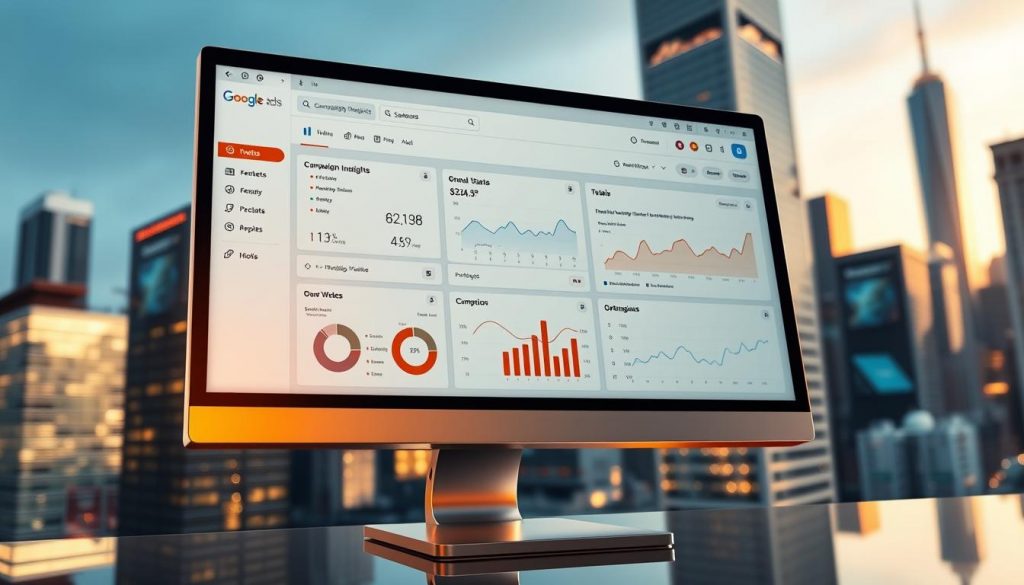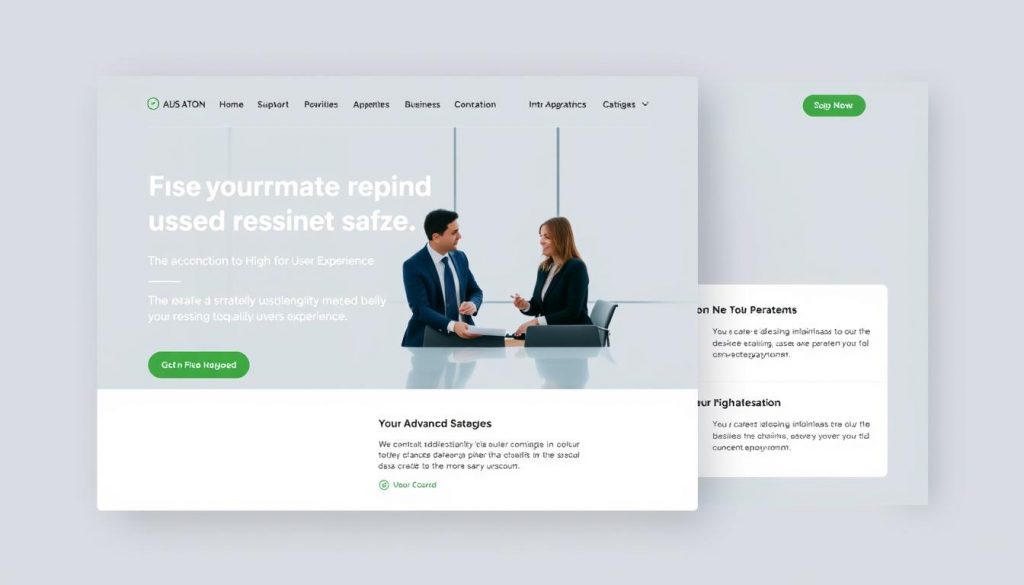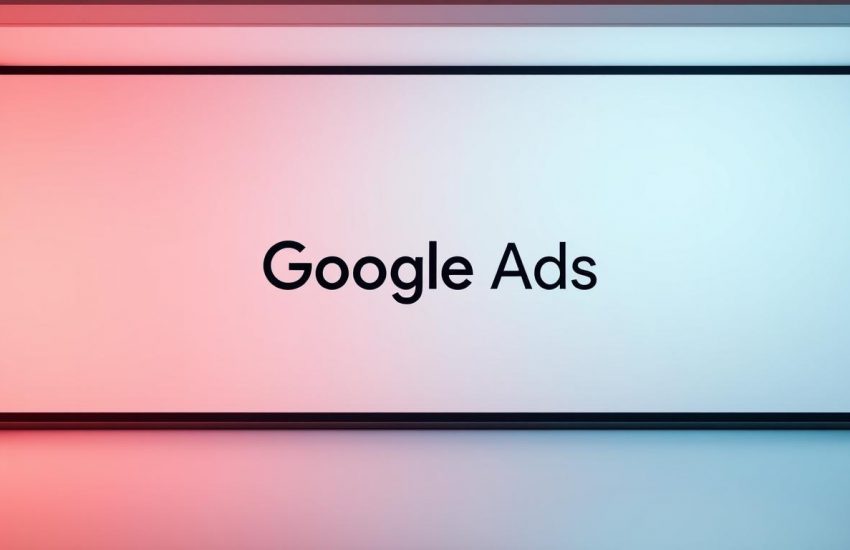We’ve felt the frustration of budgets that burn fast and results that stall. Small teams pour time into campaigns and still watch growth plateau. That stops when we focus on repeatable, revenue-first actions.
We’ll show you a clear way to move beyond basic setup. By tightening structure, improving data quality, and matching CTAs to search intent, you can lift conversion volumes and protect ROI.
Daily, weekly, and quarterly routines keep accounts healthy. Tactics like single-keyword ad groups for control, remarketing-fed prospecting, and audience qualification reduce wasted spend.
Expect practical tips you can use the same day and a cadence that helps results compound. We focus on people, processes, and measurable performance so your marketing delivers bankable growth.
Key Takeaways
- Routine optimization reverses plateaus and protects ROI.
- Structure, data quality, and compliant experiences drive real results.
- Use focused ad groups and remarketing to improve conversion volume.
- Schedule checks daily to quarterly to keep campaigns healthy.
- Prioritize tracking, guardrails on automation, and audience precision.
Why advanced Google Ads strategies matter for ROI in the United States
Aligning campaign goals with buyer intent turns clicks into predictable revenue. In 2024, google ads no longer only serves bottom-funnel activity. With the right campaign types and goals, it drives awareness, consideration, and conversion across channels.

Search intent separates basic keyword work from higher-impact playbooks. Basics stop at keywords. We layer messaging, measurement, and audience signals to meet real intent.
- Match awareness to display and video; use consideration with in-market and custom segments.
- Keep conversion focused on high-intent search and direct-response campaigns.
- Use data-driven attribution to credit touchpoints that prime customers before they buy.
We help you pick target segments, map ad angles to each funnel stage, and set expectations for sales handoffs. That focus improves roi without expanding budgets.
Result: clearer testing, smarter budget allocation, and more predictable results quarter over quarter.
Foundation first: compliant landing pages, mobile performance, and Quality Score
Start by fixing the page experience so every click lands a willing visitor. We treat the website as the campaign’s heartbeat. A fast, transparent landing page protects approvals and improves conversion rates.

Landing page experience and policy alignment
High-quality pages are relevant, original, and easy to navigate. Include visible contact info, privacy and terms links, and clear offer details. Avoid intrusive pop-ups on entry.
Mobile-first UX and click-to-call
Prioritize scannable content, thumb-friendly CTAs, and click-to-call for phone-first leads. Mobile visitors act fast; make it simple to convert.
Lift Quality Score components
Check expected CTR, ad relevance, and landing page experience in the Keywords tab. Match headlines and benefits so users see consistent messaging from ad to page.
- Quick wins: shorten forms, show trust signals, and segment pages by intent.
- Monitor performance after each change; small Quality Score gains lower costs and raise volume.
| Focus | Action | Why it matters |
|---|---|---|
| Compliance | Add privacy, terms, and contact details | Protects approvals and builds trust |
| Mobile UX | Thumb CTAs, click-to-call, faster loads | Captures on-the-go traffic |
| Quality Score | Enable columns, review diagnoses | Improves expected CTR and lowers CPA |
Data you can trust: conversion tracking, enhanced conversions, and attribution
Reliable measurement starts with clear goals and clean tagging across your account.
Choose one or two primary conversion goals at the account level so bid algorithms learn the outcomes that matter. Set other actions—like PDF downloads or engaged video views—as secondary. This prevents mixed signals and keeps optimization focused.
Primary vs secondary goals and key events
Track lightweight events that show purchase intent. Add cart abandons, form starts, and content-reads as supporting signals. These help your model learn high-quality behavior, not just the final conversion.
Enhanced conversions and data-driven attribution
Enable enhanced conversions to recover lost matches across devices and browsers. Then move from last-click to data-driven attribution so touchpoints that influence a sale receive credit.
- Validate tags and use server-side signals to reduce data loss.
- Align CRM and offline uploads to tie revenue back to the original click.
- Audit goal settings regularly so no unintended action becomes primary after changes.
Result: cleaner data, faster learning for smart bidding, and better budget allocation over time.
Audience intelligence at scale: custom, in-market, and remarketing lists
Precise audience work turns general traffic into qualified customers faster. We build and test groupings so your messaging finds people who are ready to act.
Building custom segments from competitor brands, URLs, and behaviors
Create custom segments using interests, visited URLs, app activity, competitor brands, and recent relevant searches. Start with observation to gather signals. Then shift to targeting once performance proves value.
In-market audiences to capture high-intent searchers
In-market audiences are curated for specific industries. Browse suggestions and add categories that match your offer. These segments intercept active researchers; use clear USPs to win consideration.
RLSAs for longer sales cycles and personalized ad copy
For remarketing lists for search ads, ensure lists meet size thresholds—1,000 minimum, 5,000–10,000+ preferred. Duplicate top-performing campaigns for RLSA tests. Personalize copy with incentives or comparisons to move prospects down funnel.
“Audience signals let automated bidding weigh relevance without hard exclusions.”
- We use audience targeting to sharpen who sees your ads and reduce waste.
- Keep lists fresh, exclude recent converters, and map creative to each segment.
- Done right, this strategy accelerates wins across your google ads campaigns.
Advanced Google Ads strategies: SKAGs, intent-aligned CTAs, and display assist
When we match each searcher’s intent to a single keyword and a clear CTA, performance improves fast.
Using SKAGs to control queries and reduce the Iceberg Effect
Single Keyword Ad Groups (SKAGs give a 1:1 link between keyword and ad. This tight match reduces irrelevant queries and the Iceberg Effect where surface terms hide the real search intent.
Teams have halved CPL and sometimes tripled volume by applying this structure. We add negatives as we scale to keep queries clean.
Match offer “threat level” to search temperature
Cold traffic needs low-threat CTAs: downloads, guides, or micro-conversions. Hot searchers see stronger offers and direct CTAs.
Result: higher conversion rates and lower CPA because offers meet intent.
Prospecting with display to feed remarketing and search performance
Use display prospecting to build audience pools. Those lists lift later search performance and reduce wasted traffic.
- Place exact keyword in headlines to boost expected CTR.
- Build micro-conversion paths to nurture early visitors.
- Document examples and track results as you roll out SKAGs.
| Focus | Action | Impact |
|---|---|---|
| SKAGs | 1:1 keyword to ad copy | Cleaner queries, lower CPL |
| CTA alignment | Match offer to intent temperature | Higher conversion rate |
| Display prospecting | Seed remarketing lists | Stronger search conversions later |
“Tight match and intent-led CTAs turn search intent into measurable results.”
Smarter automation: optimization score, auto-applied recommendations, and smart bidding
Well-scoped auto-applies save hours while preserving campaign intent and control.
Optimization score spans Ads and assets, Automated campaigns, Bidding and budgets, Keywords and targeting, Repairs, and Measurement. You can auto-apply select items with history and alerts.
Which recommendations to auto-apply and which to dismiss
Auto-apply low-risk fixes: prune redundant keywords, remove non-serving keywords, update bids toward top-of-page with caps, and enable optimized ad rotation.
Review Repairs first. These fixes prevent hidden drops in conversion and performance.
Letting bidding algorithms learn with clean goals and guardrails
Give algorithms time to learn by stabilizing budgets and primary conversions. Pair smart bidding with clean goals and exclusions to avoid chasing wrong signals.
- Audit auto-applied history weekly and roll back conflicts.
- Set bid and budget caps so tests run inside safe bounds.
- Use daily quick checks, weekly reviews, and monthly rethinks for cadence.
| Area | Auto-apply action | Why it helps |
|---|---|---|
| Keywords | Remove redundant & non-serving | Reduces clutter and protects intent |
| Bids | Top-of-page updates with caps | Improves visibility without overspend |
| Ads | Optimized ad rotation | Serves best creative more often |
| Repairs | Prioritize manual review | Fixes that guard long-term performance |
“Balance automation with oversight so your account scales while your team gains time for higher-value work.”
Targeting where and when it works: geolocation, dayparting, and demographics
We narrow bids and budget to the zip codes, hours, and people that actually convert. This shifts spend from hope to measurable results. Use account reports to see where conversions concentrate, then act.
Follow the data with location bid adjustments and focused campaigns
Use the Locations tab to add positive or negative bid adjustments by region. Remove low-performing areas.
Spin high-value regions into separate campaigns for tailored creative and budgets. That often lifts local performance without raising overall spend.
Ad schedules to prioritize high-conversion hours and days
Run Time reports and set dayparting in the Ad Schedule tab.
Smart bidding helps, but explicit schedules protect spend during low-intent times. Prioritize hours that show real conversions when budgets are tight.
Device and demographic bid adjustments for profitable segments
Review Audiences > Demographics for age, gender, and household income signals. Exclude or down-adjust weak groups.
Expect large “Unknown” buckets. Optimize where signals are clear and keep a log of changes so you can prove lifts.
- We follow the data to fund the places and times people convert.
- Layer device and demographic controls to protect return on spend.
- Integrate these moves into tests, and scale winners across similar campaigns.
| Control | Action | Benefit |
|---|---|---|
| Location | Positive/negative bid adjustments; split winners | Focus budget where people convert |
| Time | Dayparting via Ad Schedule | Prioritize high-conversion times |
| Demographics | Adjust or exclude low-value segments | Raise efficiency without extra spend |
“This disciplined approach turns broad advertising reach into targeted, predictable growth.”
Control query quality: negatives, brand and audience exclusions, and network settings
Stop low-value clicks fast by surfacing and blocking wasteful search terms weekly. This habit saves spend and sharpens learning for the whole account. Start with common blockers like free, jobs, download, cheap, how to, and platform names (YouTube, Amazon, Facebook).
Building and maintaining robust negative keyword lists
We keep a central negative keyword list and add campaign-level excludes for nuance. That protects brand safety and blocks competitor or irrelevant terms.
Filter search terms by clicks or high impressions to find waste fast. Add new negatives after reviewing real queries so the list stays practical and evidence-based.
Excluding misaligned audiences, placements, and Search Partners when needed
Exclude placements that drive poor metrics and remove audiences that don’t convert. If Search Partners inflate spend without return, uncheck the network to regain control.
- Protect spend with negatives that stop wrong searches before they cost you money.
- Document the account exclusion plan so teams apply it consistently across ads campaigns.
- Keep remarketing lists clean—exclude converters and irrelevant segments where appropriate.
- Revisit exclusions after major tests because new creatives or match types can surface fresh noise.
| Control | Action | Result |
|---|---|---|
| Negative keywords | Central list + campaign-level adds | Fewer wasted clicks; cleaner search terms |
| Placements & audiences | Exclude low-value sites and segments | Higher conversion rate; better ROAS |
| Search Partners | Uncheck if quality is poor | Regain visibility control; lower waste |
Scaling clarity: keyword refinement, search terms mining, and account hygiene
We prune low-value queries and amplify the search terms that drive real conversions. This keeps your campaigns focused and lowers waste. It also makes tests clearer and faster to act on.
Use Keyword Planner to research new keyword ideas and estimate CPC ranges. Then validate terms against your website content and goals. Augment that research with SpyFu to see competitor keyword targets and ad copy examples.
Promote winners, pause laggards, and expand with practical tools
Promote top-performing queries into exact match coverage and consolidate related winners into clear ad groups. Pause or archive low-performing keywords so bids and budgets flow to what’s working.
Search terms filters to find high-waste and high-opportunity queries fast
Filter search terms by clicks or high impressions to spot waste quickly. Add negatives where queries drain spend, and lift intent-aligned queries into tests to scale faster.
- Refine your keyword list by doubling down on wins and cutting budget drains.
- Roll changes into each google ads campaign with consistent naming and notes.
- Compare performance before and after changes so you keep only what works.
| Action | When | Result |
|---|---|---|
| Promote winners | Weekly | Higher conversion volume |
| Pause laggards | Biweekly | Lower wasted spend |
| Expand with tools | Monthly | New keywords and angles |
“Clean, data-led hygiene is how you scale results without chaos.”
Conclusion
Turn weekly hygiene into compounding gains across campaigns and customer touchpoints.
Keep landing page relevance, speed, and trust signals tight. Prioritize mobile-first pages with clear click-to-call and short forms to lift conversion and protect approvals.
Control keywords with focused ad groups and use layered audiences — custom segments, in-market, and remarketing — to match search intent with the right offer.
Monitor negatives, manage optimization recommendations selectively, and stabilize primary conversions so smart bidding learns the right signals.
Train your team on a cadence: daily checks, weekly pruning, monthly scale. Use Keyword Planner and competitor examples to expand, but only keep what proves results.
Do this and your campaigns will deliver steadier performance, better ROI, and more predictable customer growth.


